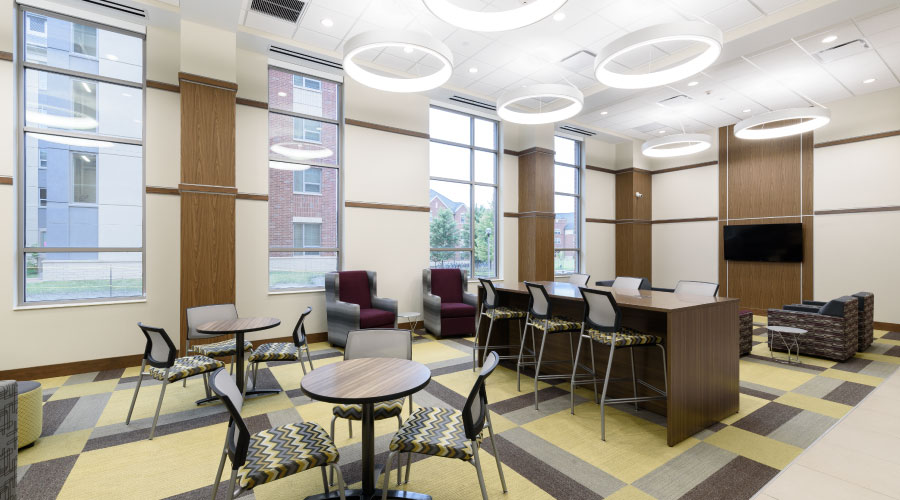LEDs: Lighting the way to Outdoor Savings
When institutional and commercial facilities look for ways to curtail energy costs, exterior lighting retrofits are often a popular place to start.
"The wattage reductions are pretty dramatic," says Matt Sallee of Terra Lux Inc. "There are good options outside in terms of color quality. The color requirements are not necessarily as stringent as (for) inside (retrofits), so going outdoors is a good place to start."
The first question many maintenance and engineering managers ask when undertaking such a retrofit is, "Where should I start?"
The impact of the still-developing LED market, the emergence of sensor and dimming options, the popularity of retrofit kits, and the sheer number of product options give managers mountains of information to process when embarking on a retrofit for landscapes, parking lots, and parking structures.
But making smart decisions on which products best match a facility's needs could pay off in savings down the road.
Getting Started
The process might seem overwhelming, but managers must embark on any exterior lighting retrofit with a clear idea of the goals they want to accomplish.
"If your primary goal is energy savings, maintenance reducing or to maintain high light levels, that will drive your solution," says Eric Gibson of Lithonia Lighting. "There's not any one solution that's good for every application."
Among the first steps managers should take are to understand local regulatory requirements for lighting, for issues such as up-lighting, wattage, illumination levels, height, glare and spreading into adjacent properties. Any misinterpretations of those requirements could derail a project before it starts. Managers also need to consider standards from the Illuminating Engineering Society of North America, which recommends light levels for exterior applications such as walkways, parking lots, and athletic fields.
"First and foremost, safety (with regards to lighting levels) should always be taken into consideration," says Rob Freitag of EYE Lighting. "Aesthetics are also very important, depending on the type of facility, but so is ensuring that proper light levels are achieved for their specific space. Understanding the tasks that are being performed is important, and then determining what light levels are most recommended for those particular areas."
Another initial consideration is whether to use an energy service company in specifying and installing products and identifying upgrade areas. If in-house technicians will do the work, managers should review possible utility incentives that are available for using different technologies.
"These incentives help drive energy efficiency with the customer base," says Bob Ponzini of Osram Sylvania. "(Managers) should be aware if those programs are available. Some areas have them, and some don't. In some areas, they are very lucrative." Utility incentives can close the monetary gap for facilities considering making a move from high-intensity discharge (HID) lighting into the LED market but are having trouble financing the switch, Ponzini says.
Related Topics:













